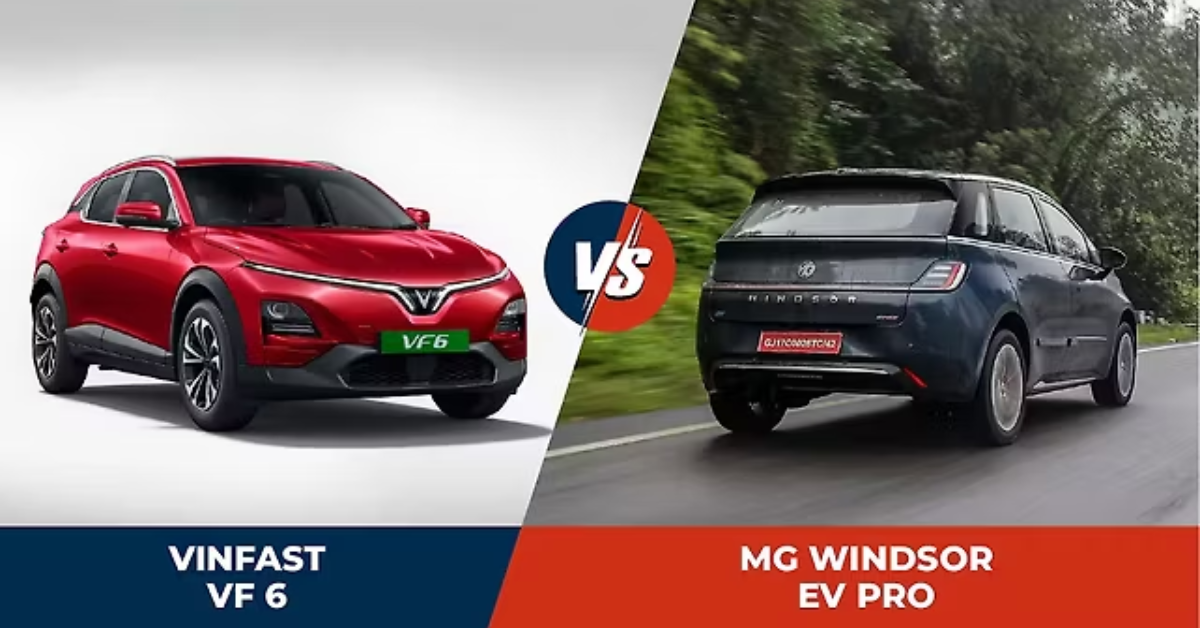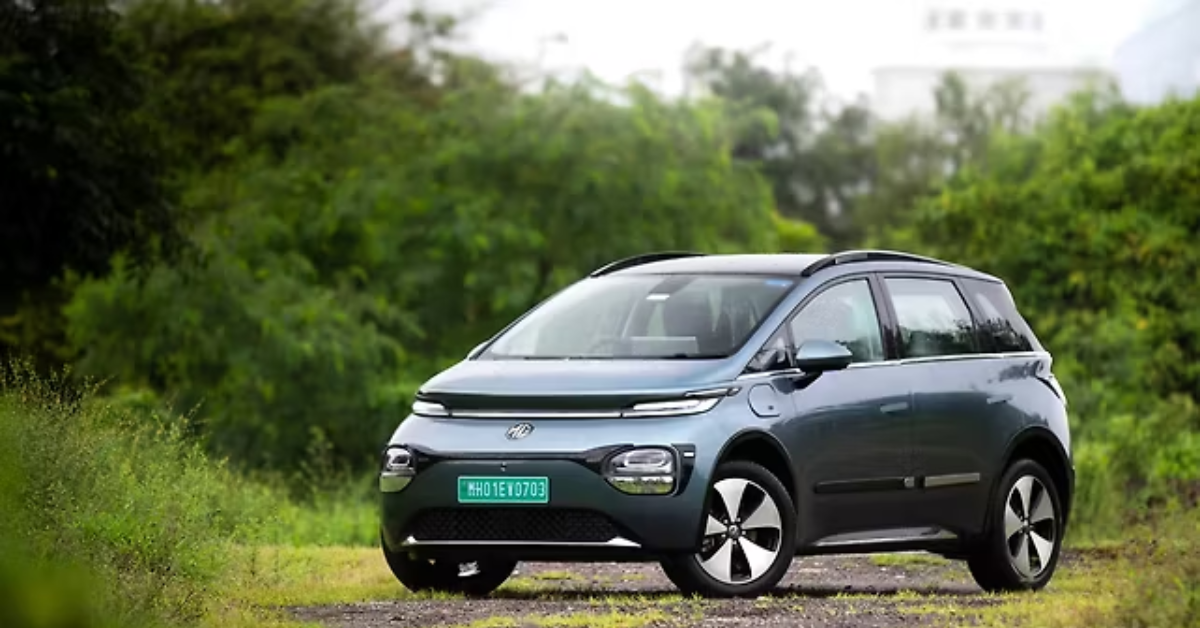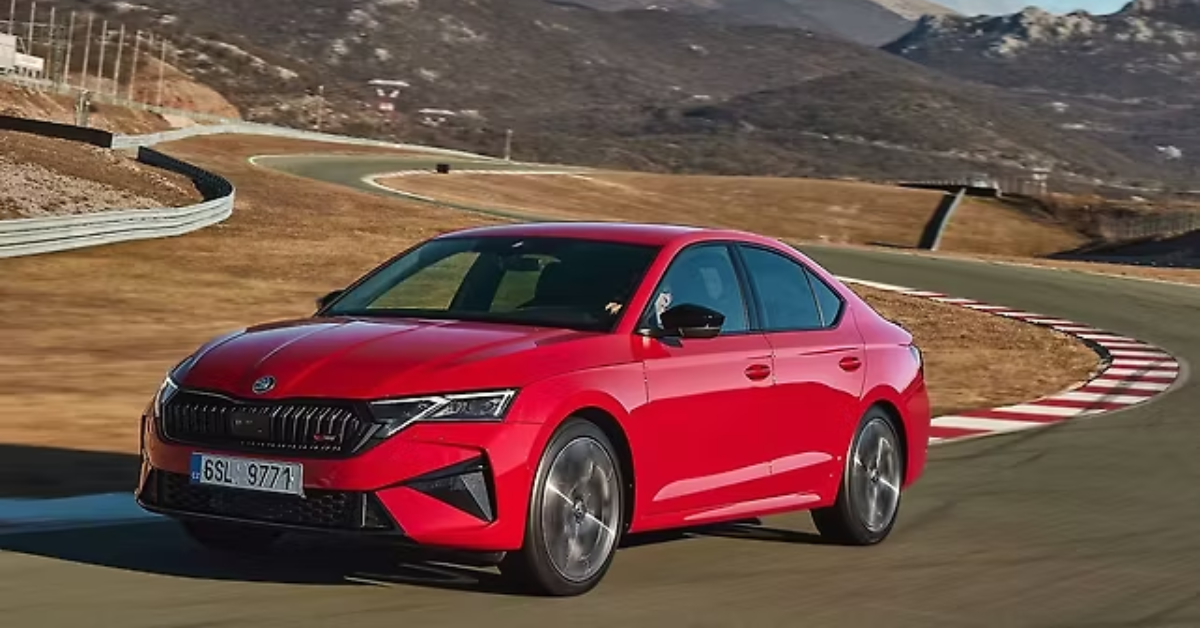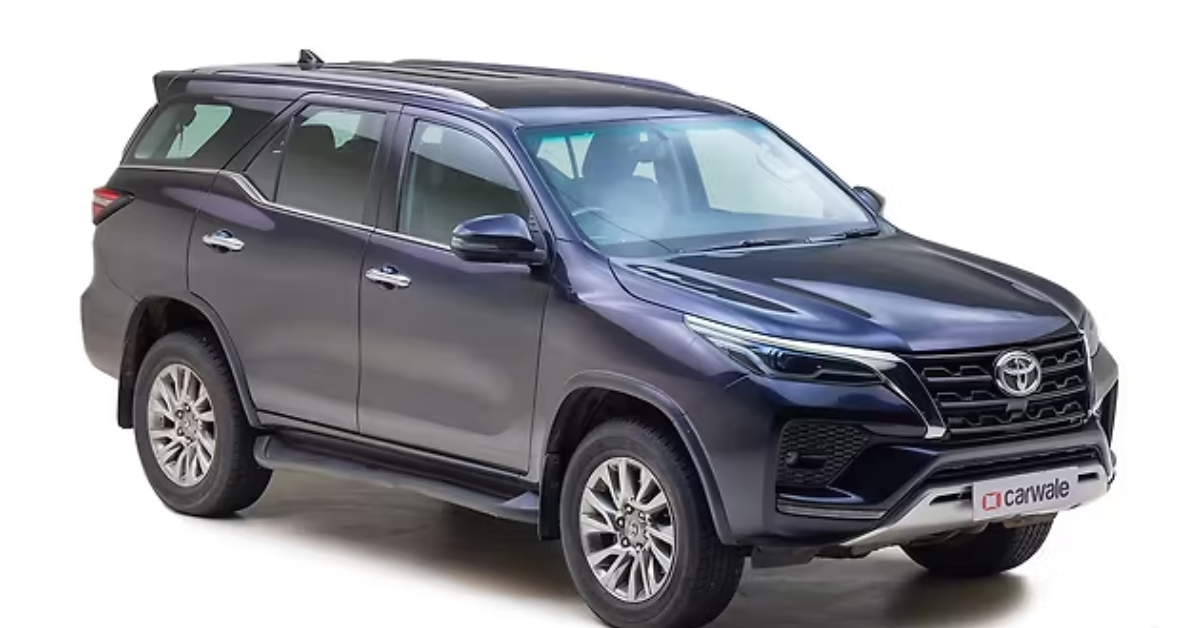Tesla’s Autopilot feature has become one of the most talked-about innovations in the world of automotive technology. Since its introduction, Autopilot has set new standards for semi-autonomous driving and has sparked debates about the future of driving, car safety, and the broader implications of AI on the road. In this blog, we’ll explore what Tesla’s Autopilot is, how it works, and the ongoing advancements that make it a game-changer in the automotive industry.

What is Tesla Autopilot?
Autopilot is Tesla’s advanced driver-assistance system (ADAS) designed to automate certain aspects of driving. While not fully autonomous, it significantly reduces the amount of manual driving required, particularly in certain driving conditions like highway driving. Tesla’s Autopilot system offers a suite of features that enhance both the driving experience and safety. Some of the core features include:
- Adaptive Cruise Control: This feature maintains a set speed while adjusting to the speed of surrounding traffic.
- Autosteer: The car can steer itself within its lane, making highway driving more relaxed and less stressful.
- Navigate on Autopilot: This feature allows the car to take highway exits, interchanges, and merge onto highways without driver intervention, navigating through more complex road systems.
- Summon: Tesla vehicles can be summoned from a parking space or a tight area using the Tesla app, without the driver being inside the car.
- Autopark: Tesla cars can automatically park themselves, both parallel and perpendicular to the curb, in spaces that are tight or difficult for manual parking.

How Does Tesla Autopilot Work?
Tesla Autopilot uses a combination of hardware and software to perform its functions. The system relies on a network of cameras, ultrasonic sensors, and radar to collect data about the car’s environment. These inputs are processed by Tesla’s onboard computer, which uses sophisticated algorithms to interpret the data and control the car’s behavior. Some of the key components include:
- Cameras: Tesla cars are equipped with eight cameras placed around the vehicle, providing a 360-degree view to detect objects, pedestrians, other vehicles, and road signs.
- Ultrasonic Sensors: These sensors provide close-range detection, helping the car detect objects in the immediate vicinity, such as parked cars or obstacles.
- Radar: Radar is used for long-range detection, especially in adverse weather conditions like rain, fog, or snow.
- Neural Networks and AI: Tesla uses a deep neural network to interpret data from these sensors and make decisions in real time. Tesla’s AI continuously learns from data gathered from its fleet of vehicles, improving the system over time.

Safety Considerations
While Tesla’s Autopilot is impressive, it is important to note that it is not yet a fully autonomous system. Tesla’s official stance is that the system is intended to be used with the driver’s hands on the wheel and full attention on the road at all times. The driver is still responsible for maintaining control and intervening if necessary.
Tesla frequently updates Autopilot through over-the-air software updates, improving its functionality and safety features. However, the technology is still in development, and there are ongoing debates about the balance between convenience and safety. Tesla has faced scrutiny following accidents where Autopilot was engaged, and some critics have questioned the company’s handling of the technology’s capabilities and limitations.
The Road to Full Autonomy
Tesla has ambitious plans to take Autopilot to the next level with its Full Self-Driving (FSD) package. The goal is to achieve Level 5 autonomy, where the car can operate without human intervention in any environment or condition. Tesla has made strides in this direction, with improvements in automated lane changes, city driving, and intersection handling, but the transition to full autonomy is still a work in progress.
Tesla’s founder, Elon Musk, has been vocal about his belief that fully autonomous driving is just around the corner, but regulatory hurdles and safety concerns remain key challenges. The future of Tesla Autopilot will likely involve more sophisticated AI, enhanced sensors, and tighter integration with Tesla’s broader vision of a self-driving network.

The Impact on the Automotive Industry
Tesla’s Autopilot is reshaping the automotive industry and accelerating the development of autonomous driving technology. Competitors, including major automakers like General Motors, Ford, and Waymo, are investing heavily in their own autonomous systems. Tesla’s progress has spurred a race to develop fully autonomous cars, which could reduce traffic accidents, improve efficiency, and change the way we think about car ownership and transportation.
The Bottom Line: Is Autopilot Right for You?
Tesla’s Autopilot is undoubtedly a groundbreaking technology that brings us one step closer to fully autonomous driving. For Tesla owners, it offers a preview of what the future could look like, with the promise of reduced driver fatigue, improved safety, and the convenience of hands-free driving in specific situations.
However, it’s essential to approach the technology with caution. Autopilot is not a replacement for human drivers, and its limitations should not be overlooked. As Tesla continues to enhance the system and refine its capabilities, we can expect more advanced features, but for now, it’s important to remain vigilant while behind the wheel.
Tesla Autopilot is not just about convenience; it’s a glimpse into the future of driving, where innovation, safety, and technology converge to reshape the way we experience our journeys. Keep your eyes on the road and enjoy the ride — the future of driving is closer than you think.




